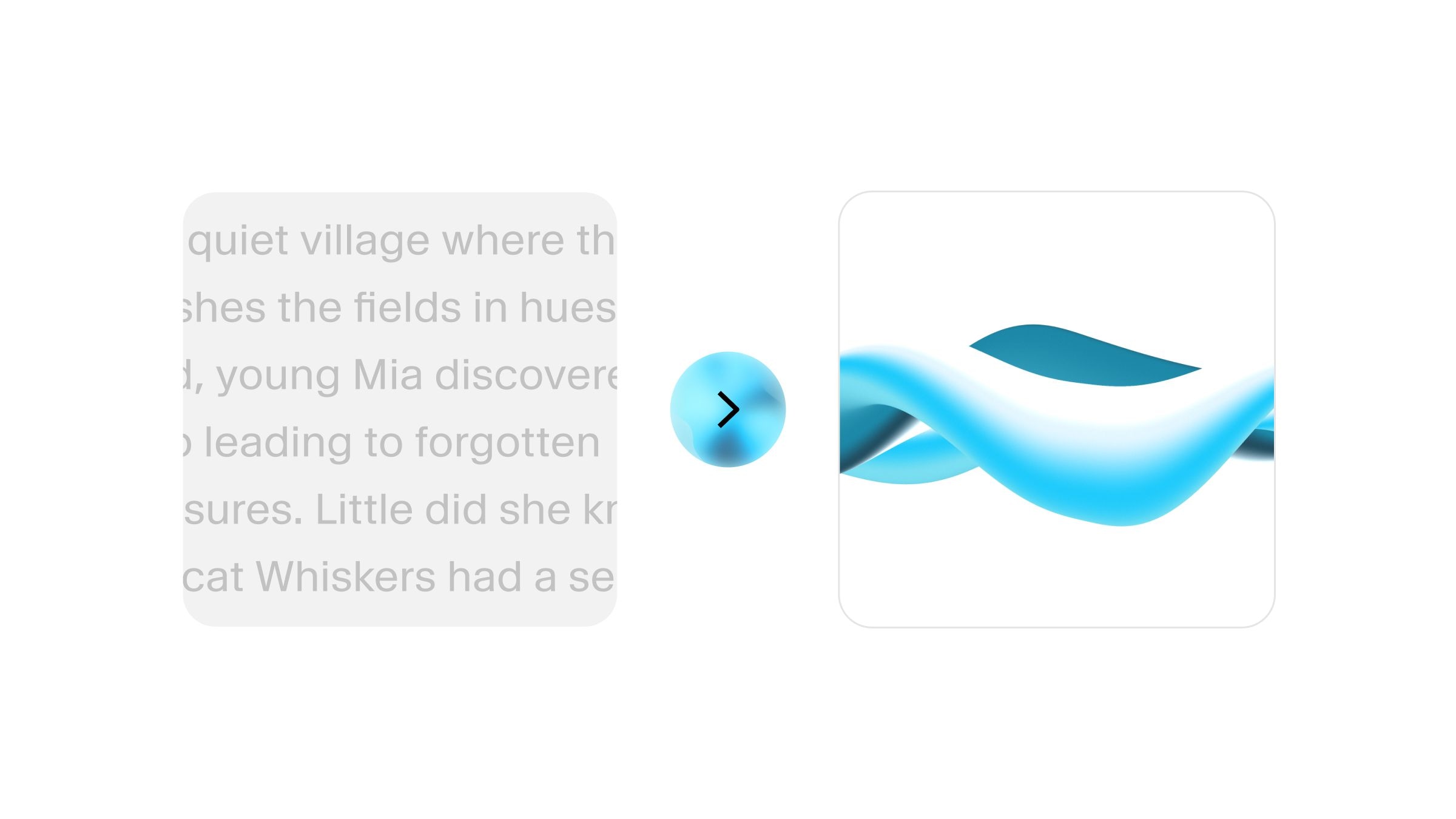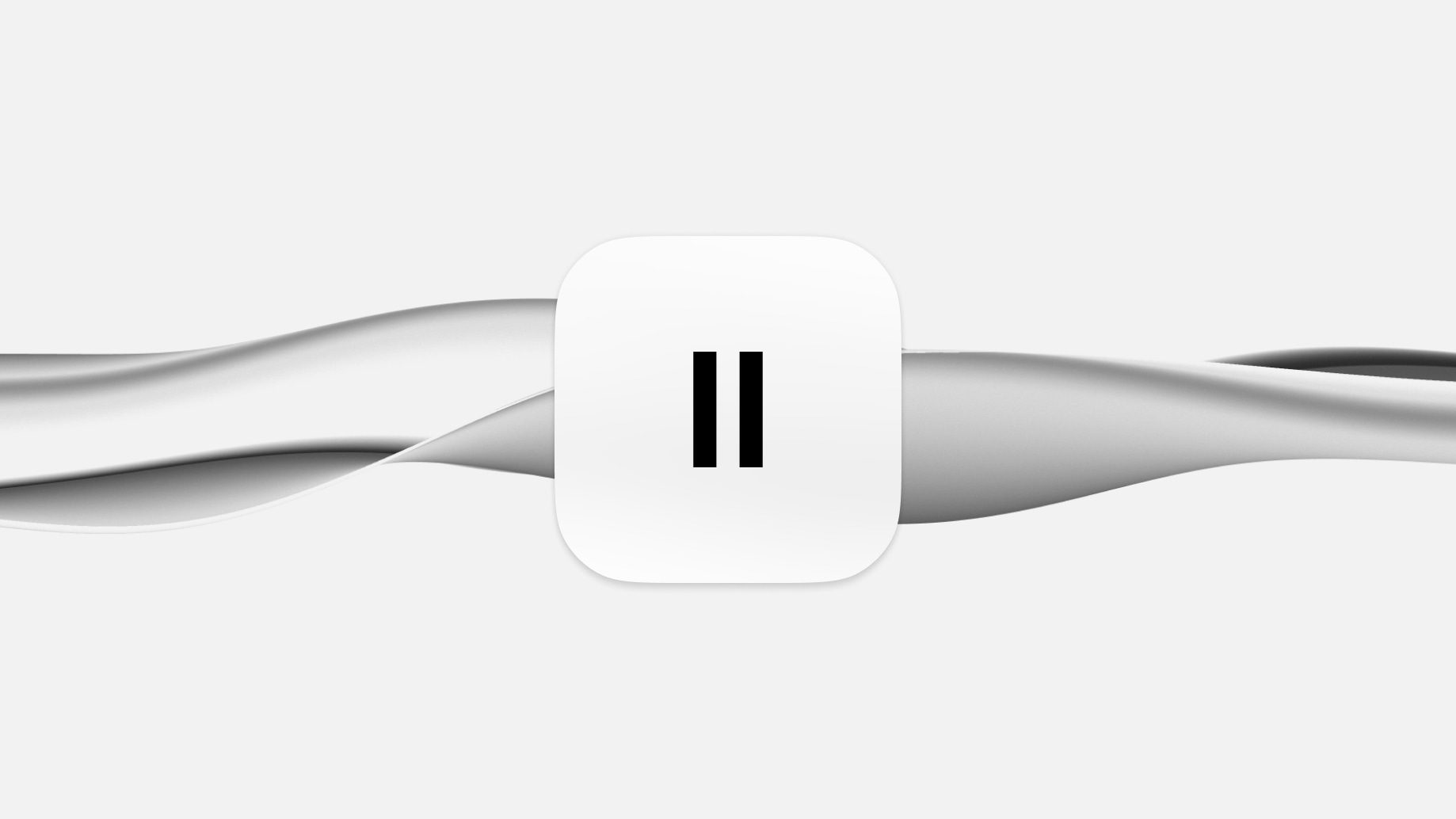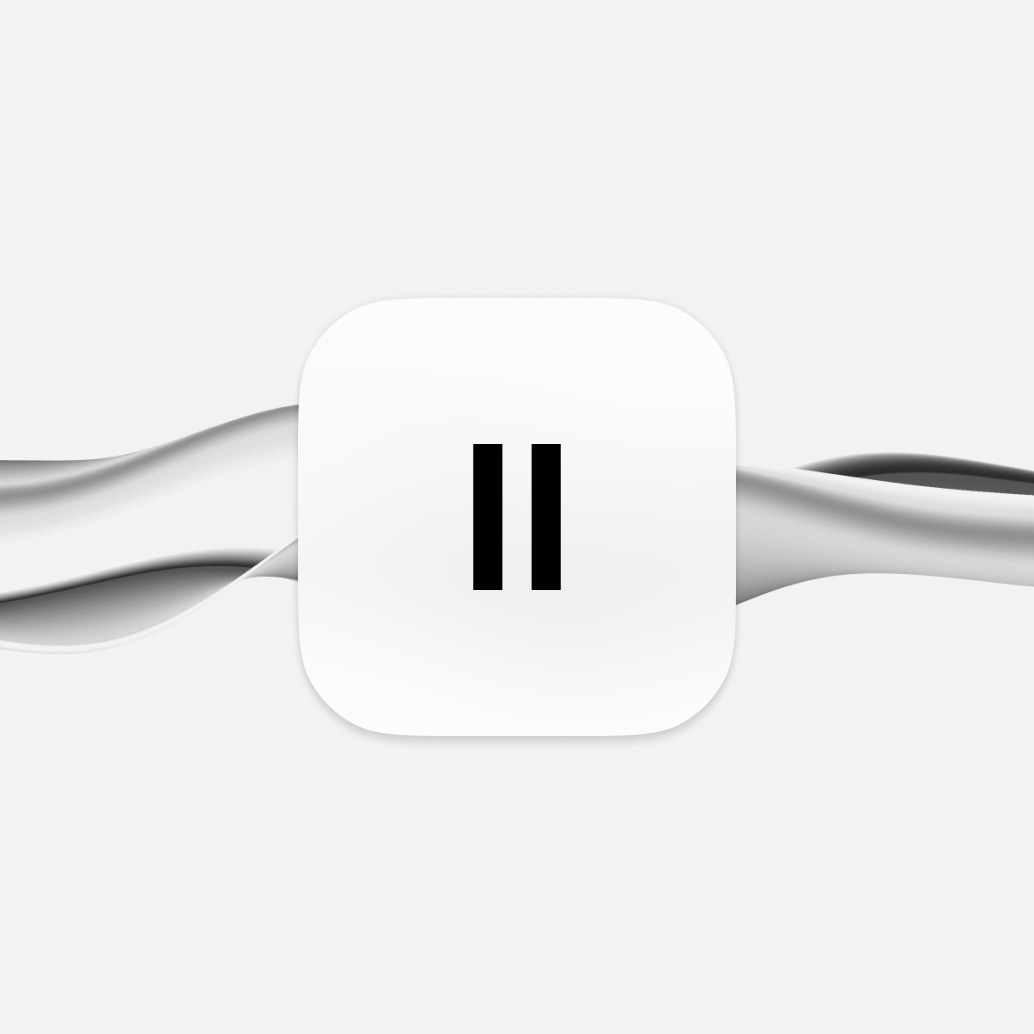
Delve into the fascinating world of language sounds with the International Phonetic Alphabet (IPA) vowel chart. More than just symbols on a page, this linguistic tool is the key to unlocking the complexities of language pronunciation and acts as a bridge between linguistics and the burgeoning field of artificial intelligence (AI).
This article will delve into what the chart is and what it's used for. Taking a look at the IPA symbols on the chart, we'll analyze how to use the chart for language learning and how an audio clip on an interactive IPA chart can facilitate understanding. Finally, we'll look at how ElevenLabs's text-to-speech AI platform can aid language development, turning transcriptions into vibrant free speech, all through the power of the latest, ground-breaking technology.
Key takeaways
- The IPA Vowel Chart is an interactive tool developed by the International Phonetic Association for representing standardized vowel symbols.
- It identifies three main categories of vowels: front, central, and back, each characterized by distinct mouth positions and sound pronunciations.
- The Interactive IPA Vowel Chart provides audio recordings to assist with pronunciation practice, which can supplement the use of ElevenLabs's text-to-speech technology for powerful language learning.

An introduction to the IPA vowel chart
The International Phonetic Association’s (IPA) vowel chart is a chart or map for language scholars, aiding them in their discovery of the vast diversity among spoken languages. Offering both visuals and sound audio files as examples, this interactive tool helps users make sense of phonetic symbols to represent vowel sounds accurately across different written languages, including French, English, Spanish, and more.
Vowels like [a], [e], [i], [o], and [u] are familiar to European language speakers such as Spanish or Italian but may be less common in Asian languages or in indigenous tongues. Using the IPA chart provides a standard method of sound communication across languages, making pronunciation easier for new language learners. Why can't language learners just read the new words? If you've ever learned a language, you'll know it's not that simple. Some languages use different letter shapes to represent different sounds, whereas others may use an entirely different alphabet or characters entirely.
The IPA symbols negate this problem, providing a universal table of sounds that can be applied to any language in the world. Whether French or Latin, Spanish or Cantonese, the IPA chart helps linguists and language learners describe the sounds of words in a universal format.
The structure of the IPA vowel chart
The IPA chart is an invaluable addition to the study of language, utilizing symbols that precisely depict various vowel sounds from the International Phonetic Alphabet. By using terms like ‘close,’ ‘open,’ ‘mid,’ and so on, the chart's visual representations organize articulations in a way that reflects how they are produced within human vocal tracts - including non-pulmonic consonants.
The chart graphically displays distinctions between different sounding vowels with accuracy regarding their physical production form by sound vibrations emitted from the vocal folds, or, in layman's terms, how your mouth and throat must move to accurately make the sound described.
Vowels unpacked: front, central, and back
The IPA chart assigns distinct sections for vowel sounds, which are the basis of language sounds. They're arranged on the chart in the order by which your mouth must move to represent them. Try reading the following examples and see for yourself how your mouth and vocal cords must move.
On the left side are front vowels that involve pushing articulations forward towards the mouth. English words include ‘see’ and ‘sit’.
Central vowel positions denote a relaxed state with an unrounded set of lips and tongue in the middle placement inside one’s oral cavity - think about ‘but’ or ‘her.’
Lastly, back vowels present themselves when raising your tongue to the soft palate as well as rounding up your lips- examples can be found within words like ‘boot’ or ‘go.’
Roundness and tenseness: additional vowel features
But it's not just where these vowels form in the mouth that impacts the sound that you make. The IPA vowel chart provides us with a clear understanding of how minute distinctions like roundness and tenseness in vowels can generate a range of sounds to create different words.
Specifically, rounding is related to the shape lips take while articulating certain vowel sounds, resulting in more prominent and protruded sounds. Examples include the ‘o’ sound found in words such as ‘note’ and ‘oo’ for words like ‘look,’ along with ‘u’ being heard when saying words like rule or boot. Rounded vocalization also occurs at times with the letter combination w-e-l-l (well). Tense vowels, on the other hand, are attributed to higher muscle tension during production, whereas lax ones require less effort.
Navigating the interactive IPA vowel chart
Nowadays, the IPA vowel chart is no longer just static. The interactive IPA chart allows the user to experiment with sounds, hearing an audio clip of the perfect pronunciation. By clicking on each symbol, users are granted access to an audio recording of how individual vowels sound. This makes practicing pronunciation easy from this linguistic map, facilitating mimicry and providing a clear, audible distinction between the sounds and symbols.
So, where is such a tool available? Dependable options include ipachart.com, websites run by the International Phonetic Association, and institutions like linguistics departments in universities, which may offer resources for students, too.
In real life, pronunciations may differ due to personal speech styles or dialect-specific language dialects that do not necessarily follow what has been specified on the Interactive IPA Vowel Chart. Interactive audio files are not always correct, and regional and cultural variations may mean that the sounds in an audio clip are not infallible. Remember, it's important to seek clarification regarding sounds and dialect from reliable sources and native speakers who know best about their own tongue.
The Evolution of IPA Vowel Symbols
The IPA vowel chart is a dynamic entity that has been modified over the years since its 1886 inception. Starting out as based on the Roman alphabet, many of its symbols have had to be changed in order to depict more accurately each unique sound produced by humans vocally as more indigenous languages were understood by Western academics.
Historical milestones of the IPA vowel chart
The development of the IPA vowel chart reflects a history of language progress. It was first introduced in 1886 and has since been revised regularly to provide an accurate portrayal of vocal sounds.
In 1897, Paul Passy (a French linguist) formed the International Phonetic Association alongside British linguistic teachers. This association played an essential part in shaping the IPA chart as we know it today.
Ongoing modifications have taken place throughout its lifespan, and changes are made regularly by linguistics professionals to ensure that the chart remains as relevant today as it was 150 years ago.
Keeping up-to-date with the latest version
Maintaining familiarity with the most up-to-date edition of the IPA vowel chart is necessary for linguists and keen language learners. Whenever changes are made by the International Phonetic Association (IPA), they announce and specify them on their official website.
Staying aware of current developments ensures you have access to an exact depiction of language sounds from a reliable source such as the IPA Chart.
Improve language learning with ElevenLabs text-to-speech
The IPA vowel chart is just one tool in a linguistics belt when it comes to learning languages and improving pronunciation. Now, with the birth of incredible AI tools like ElevenLabs, it's never been easier to learn a language online, with hyper-realistic multi-lingual voices available at the touch of a button.
ElevenLabs's AI text-to-speech (TTS) functionality facilitates pronunciation practice, enabling you to hear the correct intonations and refine your own spoken abilities. In this way, our TTS aids in enhancing listening comprehension by exposing you to diverse accents, speech patterns, and vocabulary in your target language.
Whether you’re studying linguistics, looking to pick up a new language, or just have a fascination with languages and speech, ElevenLabs is for you. With a free plan available and monthly subscriptions starting from just $5/Month, you can try out different voices, translate content, or even clone your own voice to speak flawlessly in other languages. Sign up for ElevenLabs now, and start using our incredible TTS functionality today.
Summary

The International Phonetic Alphabet vowel chart is an indispensable guide to understanding and mastering the intricacies of language sounds.
Through its structure, interactive features, and constant evolution, it mirrors the complex, dynamic nature of languages, making it easy for language learners to effectively categorize, mimic, and understand the sounds made in human speech.
In the future, as AI becomes increasingly important, the IPA chart and its symbols will become an indispensable part of creating artificially generated speech that sounds human. In our own labs, the IPA vowel chart is a tool that we often refer to when we categorize human sounds and use ElevenLabs technology to generate AI audio that sounds incredibly real.
Try ElevenLabs today and see for yourself how the IPA symbols come to life in multiple languages in the latest version of AI-generated speech. Clone your own voice, use our text-to-speech technology, or even translate and dub a video, all with ElevenLabs. Sign up for free now.
Frequently Asked Questions
How many vowels are there in English?
English is composed of five vowel letters - A, E, I, O, and U - which represent a total of around 20 different vowel sounds, although the letter Y may sometimes take on that role too. All these vocalizations consist of both monophthongs and diphthongs.
What is the International Phonetic Alphabet (IPA) vowel chart?
The International Phonetic Alphabet vowel chart offers a way of illustrating all the IPA symbols for vowels, each accompanied by an audio sample. The interactive tool provides learners with an ideal method to experience and understand these phonetic sounds better.
What is an interactive IPA chart?
An interactive IPA chart is a digital tool or resource that allows users to explore and interact with the symbols of the International Phonetic Alphabet, which represent the sounds of human speech.
The IPA does not just feature English vowels but is rather a standardized system for representing the sounds of spoken language, providing a set of symbols to represent the various speech sounds found in languages around the world.
How does the interactive IPA vowel chart facilitate pronunciation practice?
The IPA vowel chart offers a hands-on approach to improving pronunciation. It helps by allowing users to play each of the symbols’ respective vowel sounds, making it easier for them to familiarize themselves with the correct vowel sounds.
Explore articles by the ElevenLabs team

Eleven Music: new tools for exploring, editing and producing music with AI
Introducing a set of updates that expand what creators and developers can build with Eleven Music.

Building clinical-grade voice agents for Pharma
Increasing physician reach by 30% and cutting admin time by 10 hrs/week

